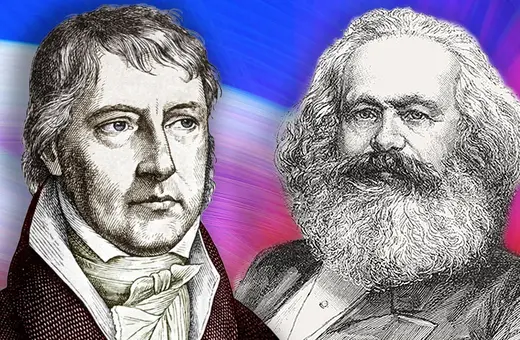We usually think of extremism in terms of the political ideas one might hold and the willingness to resort to violence for their realization. But simply believing in an ideology on the extreme end of the spectrum, or resorting to violence are not enough to make one an extremist. Extremism is a mindset, a way of seeing the world and others that cuts across ideologies and methods of achieving them, argues Quassim Cassam.
Almost twenty years ago to the day, Mohammed Atta piloted American Airlines flight 11 into the north tower of the World Trade Center in New York. Atta was, by most people’s lights, an extremist. So was Anders Behring Breivik who, ten years later, massacred 69 people at a summer camp in Norway. Wind the clock forward another ten years to 2021, and extremism is still alive and well in Afghanistan and many other places.
A tired old cliché about terrorism is that one man’s terrorist is another man’s freedom fighter. Much less popular is the idea that one person’s extremist is another person’s moderate. It is hard to think of a way that flying a commercial jet into a building or suicide bombing people at the gates of Kabul Airport could not be the actions of an extremist. Some things, it seems, are not relative. However, one might wonder what extremists like Atta and Breivik have in common. Certainly not ideology. Breivik is on the far right of the political spectrum and anti-Muslim. Atta was an Islamist whose ideology is hard to place on the left-right spectrum.
Breivik and Atta are ideological extremists, people with extremist ideologies though not the same ideology. Something else that they and many other extremists have in common is a willingness to use extreme methods, including violence, in pursuit of their political objectives. Methods extremists regard violence as the key to getting what they want. Extremist ideologies can be left-wing or right-wing or neither, but they are almost always pro-violence.
Most governments, including elected governments, are also quite prepared to use violence for political ends. In the aftermath of 9/11, the U.S. government convinced itself that regime change in Iraq was to be one of the strategic objectives of its ill-fated “war on terror”, and it resorted to extreme violence in pursuit of this objective. Those carrying out the violence were soldiers in uniform, acting on the orders of an elected government, but this is hardly an adequate basis for denying that those who favoured violence as a means of achieving their political objectives in Iraq were methods extremists.
A tired old cliché about terrorism is that one man’s terrorist is another man’s freedom fighter. Much less popular is the idea that one person’s extremist is another person’s moderate.
In fact, the relationship between extremism and violence is more complicated than this implies. Using violence in self-defence does not make one a methods extremist. The fact that German army officers tried to assassinate Hitler with a bomb in 1944 did not make them extremists. The ANC’s armed struggle against apartheid in South Africa did not makes its leadership methods extremists. Nelson Mandela was not an extremist.





















Join the conversation